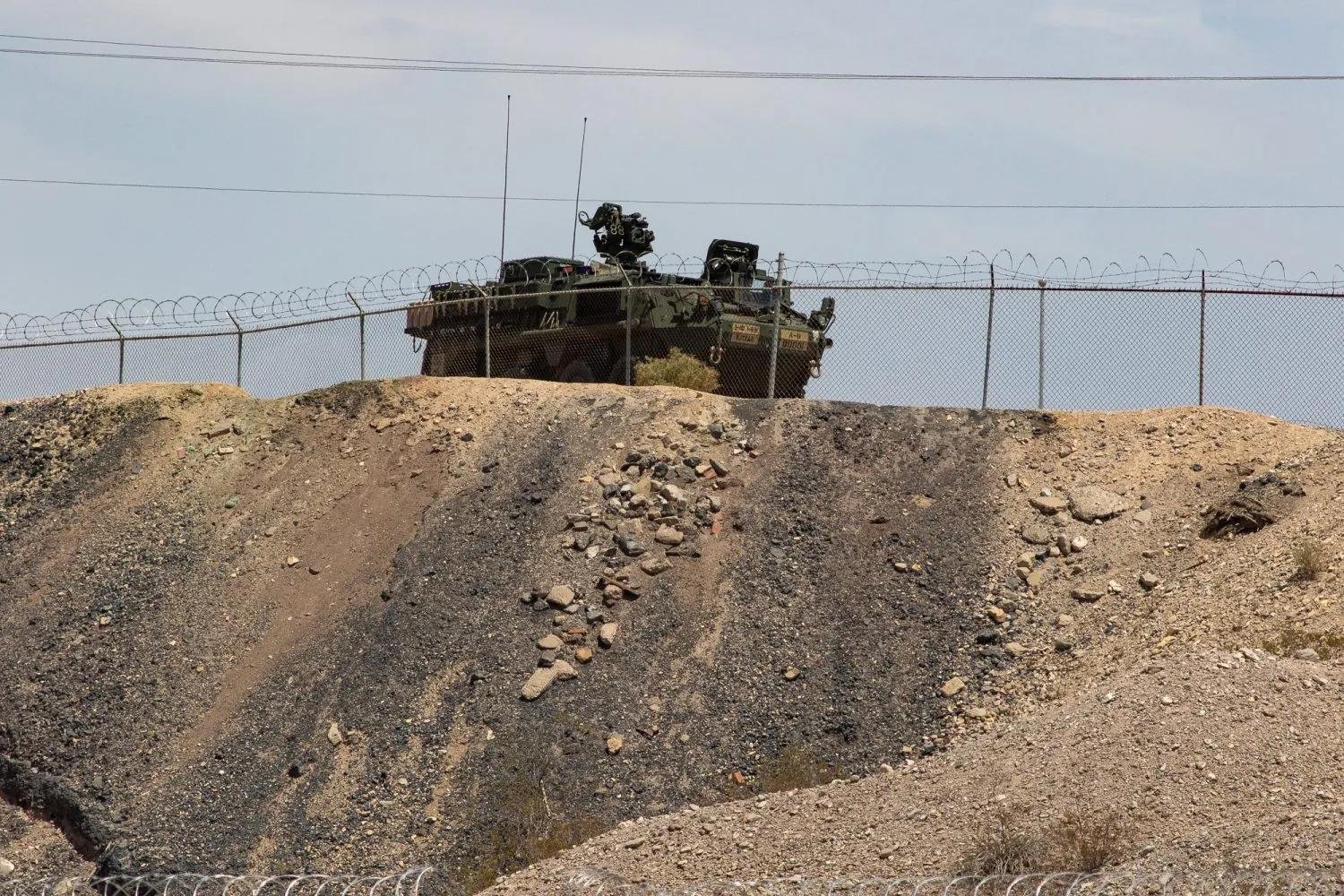border
Texas Judge Tosses Trespassing Charges Against Border Crossers Amid Military Rule Controversy

In a significant ruling Thursday, a federal magistrate judge in El Paso dismissed multiple charges against individuals accused of illegally entering military land along the U.S.-Mexico border. U.S. Magistrate Miguel Torres stated that the government failed to demonstrate probable cause for the charges related to a newly designated “national defense area” in Far West Texas.
This ruling marks a notable moment as it is the first hearing concerning military trespassing charges since the designation was established on May 1. The primary issue revolved around the adequacy of signage warning individuals of potential violations. Throughout the hearing, Border Patrol agents testified that they were led to believe signs had been posted every 100 feet, yet none could confirm having seen them.
“Conspicuous matters. Where signs are matters. What they look like matters,” Torres asserted, drawing an analogy to inadequately placed and unreadable warnings in dangerous areas.
The judge dismissed 12 misdemeanor cases related to military trespassing. Additionally, three other misdemeanor charges were withdrawn as prosecutors realized the defendants were captured outside the designated area. All 15 defendants remain in custody due to pending felony charges of re-entering the U.S. after previous removal, carrying a possible two-year prison term.
This ruling follows a similar decision made by a magistrate in Las Cruces, New Mexico, where nearly 100 migrants faced the same charges. In El Paso, Assistant U.S. Attorney Scott Wisniewski argued that the illegality of entering the country was sufficient proof of breaking the law, but Torres refuted this claim, insisting on the need for clear evidence.
During the hearings, defense attorney Erik Anthony Hanshew highlighted the inadequacy of signage by showing a copy of it to a Border Patrol agent, who could not read it from a short distance. Moreover, agents testified uncertainty surrounding the visibility of the signs from the Rio Grande, which delineates the border.
The Defense Department’s designation of this national defense area spans 63 miles along the border and permits military personnel to enforce immigration laws, a power typically restricted in other contexts. However, Border Patrol apprehended all individuals independently, without military assistance.
This ruling raises important questions about the enforcement of regulations in areas where clear communication and warnings seem inadequate, potentially impacting future border security measures.


















